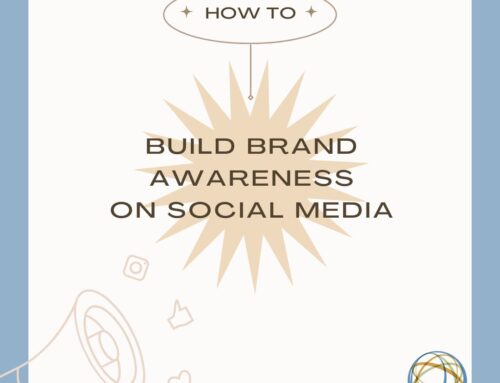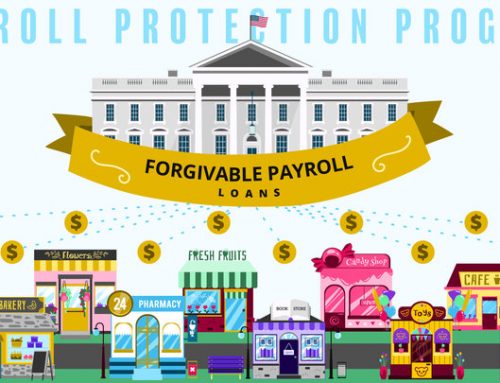Of all the issues you considered when creating your website, making it accessible to users with disabilities probably never even occurred to you.
It certainly didn’t occur to the developers of Netflix’s website, or the websites of Five Guys, Winn-Dixie, or Peapod, all of whom have been sued under terms of the Americans with Disabilities Act (ADA) for not accommodating users with disabilities.
In the case of Five Guys, a legally blind woman sued under Title III of the ADA in February of this year, alleging that Five Guys’ website wouldn’t allow her to add pickles, ketchup, and onions to her burger due to software limitations. The judge in July denied Five Guys’ motion to dismiss, and the case is going forward. Peapod and Netflix have settled their cases. Winn-Dixie lost its case when a judge in the Southern District of Florida decided that their website was inaccessible to individuals with disabilities.
While the Department of Justice (DOJ) has repeatedly delayed issuing new ADA regulations that would apply to Internet sales, courts have been divided on just what constitutes a non-compliant site. Some have applied the law only to those sites that also maintain a bricks-and-mortar presence, while others have interpreted the ADA more broadly to include any websites that offer sales of goods or services. Thus, any website that sells goods or services is potentially a target for lawsuits.
Industries whose websites have been the subject of dozens of lawsuits filed in federal courts include dating services, hospitality, financial, entertainment, academic, gaming, insurance, and personal services.
Since DOJ has now indefinitely postponed issuing its regulations, the legal profession has been counseling clients to err on the side of caution and make sure their websites are ADA-compliant to avoid potential legal action.
What must you do to ensure your website is ADA-compliant?
First, you should know that individuals with disabilities, that affect their ability to read a website, use other tools such as screen readers and refreshable Braille displays to access the information on a website. These devices cannot translate images into text, nor can they interpret photos, charts, color-coded information, or other similar graphic elements. Adding a line of simple HTML code (or alt image tags) to provide text for each image or graphic solves this problem.
Blind people also cannot read PDF documents on their devices. Posting documents in a text-based format such as HTML or Rich-Text Format (RTF) takes care of this issue.
Avoid dictating colors and font sizes on your website. Users with low vision or other vision problems want to be able to adjust colors and font sizes that work best for them.
Another way to ensure compliance with the ADA would be to post a notice of non-discrimination on your website stating your compliance with all federal civil rights laws regarding discrimination.
Finally, when posting videos and other multimedia on your website, keep in mind both vision- and hearing-impaired visitors. Provide audio descriptions of images (including changes in setting, gestures, and similar details) for those who are blind or have low vision; offer text captions synchronized with video images to make videos and audio tracks accessible to people who are deaf or hard-of-hearing.
Other things you should consider, according to the ADA.gov website:
- Include a “skip navigation” link at the top of webpages that allows people who use screen readers to ignore navigation links and skip directly to webpage content.
- Minimize blinking, flashing, or other distracting features.
- If such features must be included, ensure that moving, blinking, or auto-updating objects or pages may be paused or stopped.
- Design online forms (such as job applications) to include descriptive HTML tags that provide persons with disabilities the information they need to complete and submit the forms.
- Include visual notification and transcripts if sounds automatically play.
- Provide a second, static copy of pages that are auto-refreshing or that require a timed response.
- Use titles, context, and other heading structures to help users navigate complex pages or elements (such as webpages that use frames).
If in doubt about whether your website is accessible to those with disabilities, periodically enlist the assistance of people with disabilities to check the accessibility of your site. 101 Management, Inc. can help you sort through any confusion you may have on this issue, so be sure to check with one of our expert website designers if you have any questions.






Leave A Comment